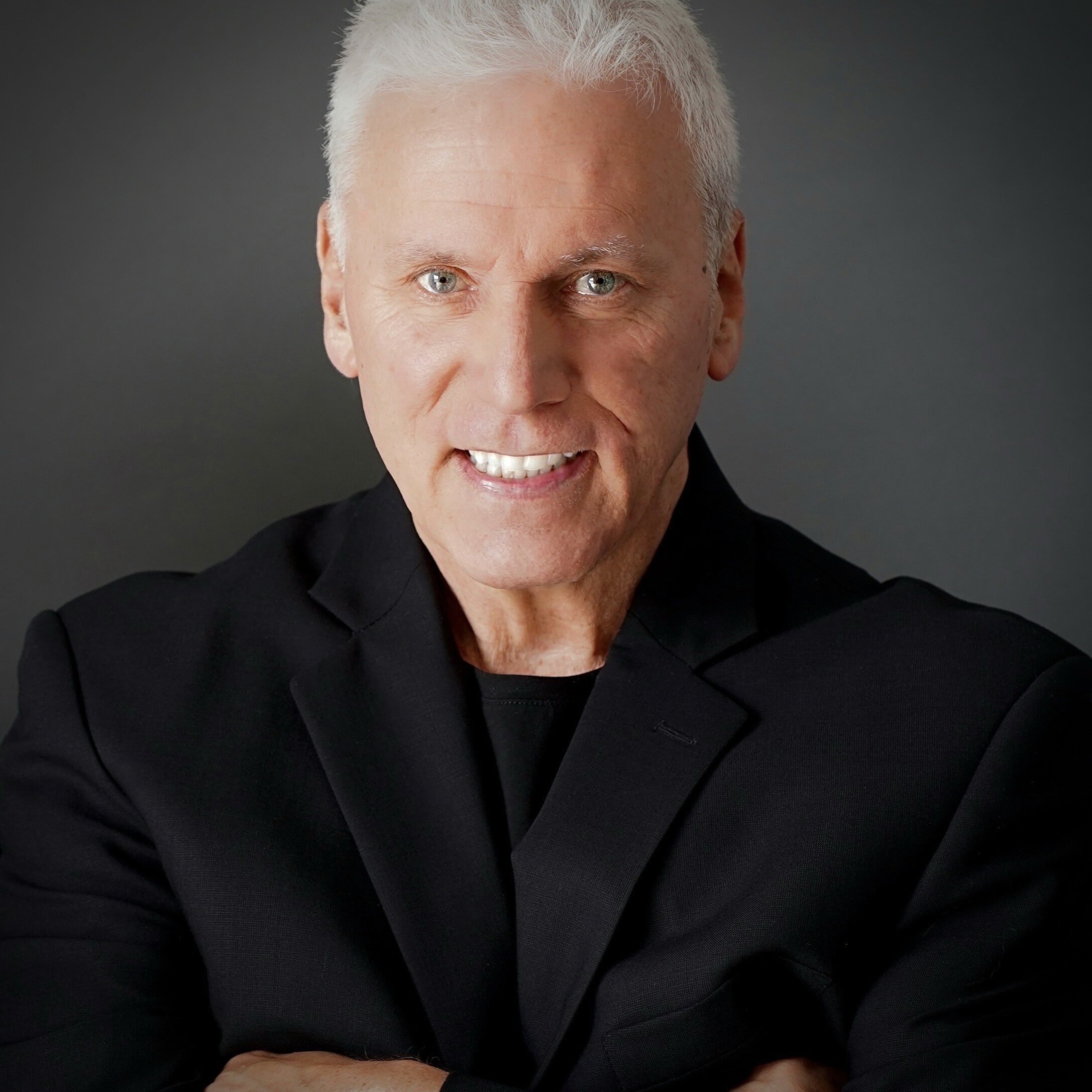November 19, 2024 | 12:35pm ET
BY Dennis Bernstein, The Fourth Period
LAK AT 19: THE SEARCH FOR CONTINUITY
Getty Images
LOS ANGELES, CA — So, what have we learned about this edition of the Los Angeles Kings through 18 games? For all the change that has occurred – players, defensive system, new powerplay coach – the identity of this team remains a defensive one.
Even without the presence of Drew Doughty, head coach Jim Hiller has cobbled together a blueline that leans into shot suppression and limiting high danger chances. The Kings place in the top-10 of NHL teams in both categories, which shouldn’t be a surprise if you recall Hiller’s presser when the interim coach tag was taken off him last May.
“The identity of the LA Kings is a checking team that’s difficult to play against,” he said. “We have to find some areas where we create more offense but not at expense of what our identity is. We’re going to explore (different ways) and try to maximize the offense without taking away what is our greatest strength and our identity which is the defense.”
Statistically, there has been improvement at both ends of the ice. Los Angeles ranked third in average shots against per game and in the top-10 in Scoring Chances For, High Danger Chances For percentage (source: Natural Stat Trick) and in the most important category, Goals Against (tied with Calgary at 2.94 goals per game.)
What’s being undersold is the boost in production from blueline with the switch from the notorious 1-3-1 to the more liberating 1-2-2 that promised more activation from the defense. As of this writing, Los Angeles is tied for the lead league in goals scored by defensemen and eighth in total points, a massive move from its 23rd place ranking and surprising given the absence of their top point producer from last season (Doughty). The Brandt Clarke Effect has had a major impact in addition to early unforeseen goal production from Joel Edmundson and Mikey Anderson.
As for the forwards, the numbers show that production is within an acceptable range (157 points – eighth overall), the goal-scoring from wingers Alex Laferriere and newcomer Warren Foegele has been welcomed and necessary. Not surprisingly, Anze Kopitar is on pace for a career high in points (20 in 18 games) at age 37 just adds to his first ballot Hall of Fame credentials.
The recent losses to Vancouver, Calgary and Colorado have shown a shift in five-on-five play with high-danger chances lessening from the season average of 8.5 per game. The culmination of the stagnant 5x5 offense (mandatory for winning given the struggling powerplay) was in the final two periods against the Avalanche. The box score tells you the Avalanche’s top line took over the game in the last 40 minutes, but when you watch the Kings struggle to create anything offensively against a one-line team with five forwards missing and not much happening in the first half of the Calgary defeat there are signs that a change in strategy should be strongly considered.
A refreshing part of Hiller’s tenure is his willingness to embrace change. When it comes to forward line combinations, he has far less patience than his predecessor, Todd McLellan. While bringing out the line combinations blender is a tool all 32 NHL coaches use, Hiller’s willingness to think outside the box (fourth liners playing with Kopitar and Adrian Kempe, the use of a fourth forward at 5x5 when trailing) keeps fans, media and opponents guessing what the Kings forward wall will look like game to game.
But with the unpredictability comes a cost, specifically continuity. Los Angeles is tied for the lead league in third period goals with 28, more than double the output of their first period production (13). Could the consistent rotation in line combinations be muting the offense early in games? The shifting of lines does allow forwards to play with more teammates but that is usually borne out of necessity, usually when injuries occur to key personnel. That hasn’t been the case with the Kings; Tanner Jeannot missed three games due to a suspension, Alex Turcotte has missed five but neither was expected to drive offense.
Winning teams customarily produce offense one of two ways – with a dominant top line (Colorado, Edmonton loading up Connor McDavid and Leon Draisaitl) or depth along all four lines (Florida, Vegas and Dallas). As good as Kopitar and Kempe are, they aren’t dominant offensive players that take over a game like the Oilers pair (ok, no one else does it like them) or Tampa’s Nikita Kucherov and Brayden Point.
Off their third straight playoff loss to the Oilers, change was made. Four forwards (P-L Dubois, Blake Lizotte, Car Grundstrom and Viktor Arvidsson) of varying impact are gone from the end of last season. Adding in the change in defensive scheme, and missing Doughty, it’s reasonable that the early season is a time to assimilate those changes. But as the season hits the quarter mark, firming up the line combinations is essential. The constant change hasn’t affected some but both Quinton Byfield and Philip Danault continue to struggle in the goal scoring department. Hiller should be moving towards solidifying the forward line combinations.
While the team identity is still rooted in defense, the identity of the forwards combinations is lacking. With Trevor Moore moving up to play with Kopitar and Kempe, it leaves the bottom nine seeking chemistry and consistency. Akil Thomas moved into a jumbled line with Kevin Fiala and Danault, Laferriere and Foegele have settled into Byfield’s line while the fourth line has been a revolving door with the addition of rookie Samuel Helenius being recalled from the Ontario Reign. The Kopitar line now has two shooters (Moore has started to look more like the 31-goal scorer of last season), the middle-six forwards (currently defined at the Danault and Byfield lines) haven’t formed characteristics, which is not unusual.
The fourth line has potential with the arrival of Helenius, whose partnership with rangy winger Andre Lee was more a thought for next season but in the limited time the second-generation NHL player has performed, he doesn’t seem to be out of place. If the pair continues to be a thing, the team Dad, Trevor Lewis, is looked at as a stabilizing force. That trio will not scare opposing defenses, but that isn’t the goal. Given Helenius and Lee’s size, the trio has the potential to deliver momentum changing shifts, especially early in games as the Kings struggle to fashion strong starts. I’m not prepared to say the potential is at the level of the Islanders fourth line in its contender window (Casey Cizikas, Matt Martin and Cal Clutterbuck) or the Vegas fourth line that swung the 2023 Cup Final when Keegan Kolesar nailed Matthew Tkachuk in Game 1, but for a team that has lacked size and physicality, it may be worth the risk of dealing with rookie mistakes in the context of 10 minutes of ice time per game.
The injury to Darcy Kuemper in Colorado will be impactful if it’s a recurrence of the groin injury that sidelined him for five games in October. Despite continuing reminders on social media that Kuemper is the lone return from the Gabe Vilardi/Alex Iafallo/Rasmus Kupari/2nd round pick trade, he’s delivered as expected with a .903 save percentage in 10 appearances in a league with a .901 average. He’s been strong on high danger chances (.857 save percentage in the 90th percentile per NHL Edge stats) but weaker on lesser chances (mid-range save percentage .867 in the lower 50th percentile). David Rittich has won five games but with inferior stats to Kuemper, so if Kuemper’s absence is of consequence, Rittich will have to raise his level.
And finally, while parades are fun, the constant one to the penalty box must cease. They possess the third highest average of penalty minutes taken per game (11.3) and only four teams have surrendered more powerplay goals than Los Angeles. Though there is improvement over the last 10 games (31 of 36 killed – 86.1% success rate), the disruption the unnecessary minors taken (including four bench minors) impacts the offense’s flow.
AN IMPORTANT FORTNIGHT PLUS
The lack of a dominant team in the Pacific Division has allowed the 9-6-3 Kings to stay near the top of division. Vancouver and Vegas are reverse images of each other (the Canucks 6-1-0 on road, Golden Knights eight game win streak was snapped by Carolina), Edmonton is stuck in second gear and while the rest of the division is improved, Seattle, Anaheim, San Jose and Calgary aren’t a threat to get into the top 3 in the Pacific of a contender for a West Wild Card berth.
Los Angeles’ biggest advantage is being on the back end of a road-heavy season-starting schedule. No NHL team has played two-thirds of their schedule away from home and despite the disappointing results on the concluded short trip, playing .500 road hockey (5-5-2) sets them up to cash in on a schedule that doesn’t see them leave California for the next three weeks.
Seven of their next nine games are at home and the two road tilts are in San Jose and Anaheim. While the Winnipeg Jets and Dallas Stars are among the opponents in this stretch, there is an opportunity to gather points and keep them in the Pacific. In another trend reversal from the McLellan era, the Kings have become a strong home team under Hiller (4-1-1 this season, 18-4-2 in regular season since being installed as head coach).
The caveat to predicting how they will fair are the results they’ve had against “lesser” teams. They dropped points in San Jose and at home against Chicago and didn’t look impressive in wins against the Ducks and Sharks, but an ugly two points is better than a pretty zero.
When the Kings pack their bags for another seven-game roadtrip in December (making it 21 road games in 34 contests after the last pre-Christmas game in Washington) and with still waiting for Doughty to return, we’ll know much more about this team.
Dennis Bernstein is the Senior Writer for The Fourth Period. Follow him on Twitter.
Past Columns:
Oct. 24, 2024 - LAK at 7: An ill-fitting puzzle
Oct. 12, 2024 - So many questions in Los Angeles as 2024-25 season begins



